Everything You Wanted to Know About Newspapers in the Mary Bennet Series
Some of the most common questions I get about The Secret Life of Miss Mary Bennet and The True Confessions of a London Spy relate to the epigraphs at the start of each chapter:
- Are they from real newspapers?
- What inspired you to include these epigraphs?
- What purpose do they serve?/ What do they mean?
- How did you find them?
In this post, I’m going to give readers the answers to each of these questions.
The first page of The True Confessions of a London Spy, with an epigraph from The Times
Are they from real newspapers?
Almost all of the passages are real excerpts from real newspapers, with the exception of three headings in Secret Life and two headings in London Spy. In the upcoming third novel, The Lady’s Guide to Death and Deception, only one is from my own imagination, and one is from a letter instead of a newspaper.
What inspired you to include these epigraphs?
I loved the short newspaper excerpts at the start of each chapter in Mary Robinette Kowal’s alternate history science fiction novel The Calculating Stars, and I thought that they would fit well in my own story.
What purpose do they serve? What do they mean?
The newspaper excerpts do a number of things:
- Historical underpinning: unlike Jane Austen’s contemporary readers, most of us today don’t know the full historical context of the Regency. I wanted to Mary Bennet to solve mysteries that deal directly with the historical events and social issues of the day, and including these excerpts helps provide that context for the reader. For example, I wanted to establish the widespread dread of Napoleon Bonaparte, which is clearly present in the newspapers.
- Mary and other spies read a lot of newspapers: In the books, Mary, Lady Trafford, and other characters read numerous newspapers. I wanted to give a sense for some of the stories they encounter.
- Direct commentary on the content of the chapters: Because I use real historical events in the novels, many of the newspapers made direct commentary on these events. For example, in The True Confessions of a London Spy, the account that The Times made of the customs house explosion is devastating, and in the third novel, The Lady’s Guide to Death and Deception, I wanted to showcase some of the alternative viewpoints on the war that aren’t held by the main characters of my story.
A portion of the first article in The Times about the Custom House fire, printed on February 14, 1814
- Parallels and Alternate Experiences: Some of the epigraphs are not specifically connected to any of the events, but they create parallel narratives and showcase alternate experiences. For instance, in each of the books I include excerpts about women in disguise or as spies. In London Spy, the weather acts as a sort of character and so receives a number of newspaper excerpts.
- Other Purposes: At times the newspaper excerpts are in conversation with the subtext of the novel, deal with the themes of the book, or add humor or satire to elements of a chapter.
How did you find the excerpts?
For each of the books, I waited until at least the third draft to start looking for newspaper headings. I needed the overall story to be mostly solidified, and I wanted the date each chapter occurred to be relatively fixed.
I used two newspaper subscriptions: a personal subscription to the British Newspaper Archives (which has digitized hundreds of newspapers), and a university subscription to The Times.
The tricky part is that computer programs have a hard time reading old newspapers, some of which were not well preserved. If you do a search in the British Newspaper Archives for the name Napoleon or Bonaparte in the year 1814, you’re lucky if the computer program finds 10% of the actual references. (It also doesn’t help that some of the newspapers wrote his name as Buonaparte to try to delegitimize his rule.). Most of the time instead of searching, I would download half a dozen different newspapers for a given day and read them.
Sometimes I had something very specific in mind that I was looking for—I was looking for a news story Bonaparte, crime, the stock exchange, the or the Viennese Waltz, or the weather. Yet most of the time I didn’t have a specific type of news in mind. Instead, I would read the articles with a sense of discovery, letting myself wander to columns or advertisements that drew my attention, and finding endless connections to my book. Sometimes I would find the perfect article quickly; other times I would choose three or four possibilities and then consider which really had the effect I wanted for the chapter, and fit the overall arc of the epigraphs.
I quickly got a good feel for different newspapers of the news, which ones were liberal or conservative, had the most interesting ads, included a regular fashion column, published poetry, or wrote the best opinion pieces. There was also a variety of different formats—while many of the newspapers only printed ads on the first page, others included articles from the start. Newspapers would reprint articles from other papers, and sometimes the news would be about events weeks or months in the past, depending on how long it took the information to reach England’s shores.
Sometimes I shifted the dates and timeline for a book because I really wanted to use as particular newspaper heading. And I definitely revised numerous details in the chapters because of things I learned through reading the newspapers—for example, in London Spy, Kitty’s reference to ice skating in Hyde Park came from a newspaper reference.
I have now read hundreds of newspapers from 1813, 1814, and 1815, and I feel like doing so has not only helped my books, but made me a more interesting person at parties—after all, who doesn’t want to hear 1814 trivia?
More About My Journey with Newspapers
All this newspapering has influenced my readings of other Jane Austen texts.
- I was recently a guest on the podcast The Thing About Austen, talking about Anne’s newspapers in Persuasion.
- I wrote a post for Jane Austen’s World about how 1814 newspapers should impact our reading of the snow scene in Emma.
I also did a guest post on My Favorite Bit, talking about some of my favorite newspaper excerpts.
Coming Soon!
Next week, on this blog, I’ll be posting about my trip to London and how that influenced the setting of The True Confessions of a London Spy. I’ll also be showing some of the actual dresses that were influences for Fanny’s designs. So come back to the blog, keep a watch on social media, or subscribe to my newsletter!

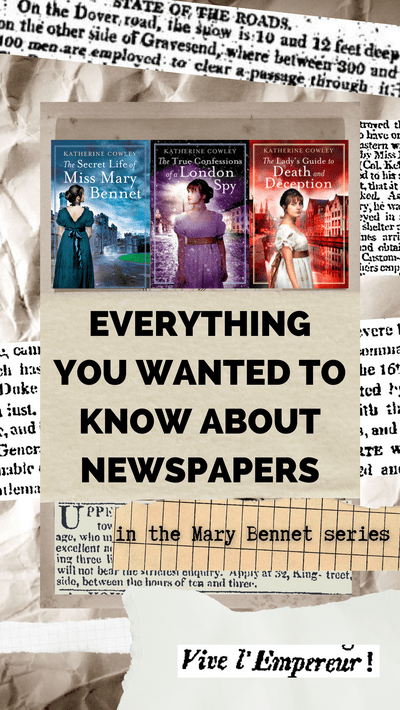
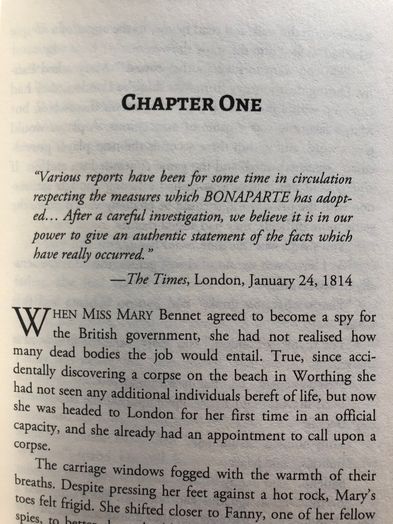
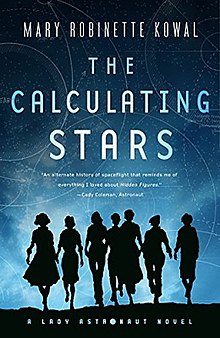
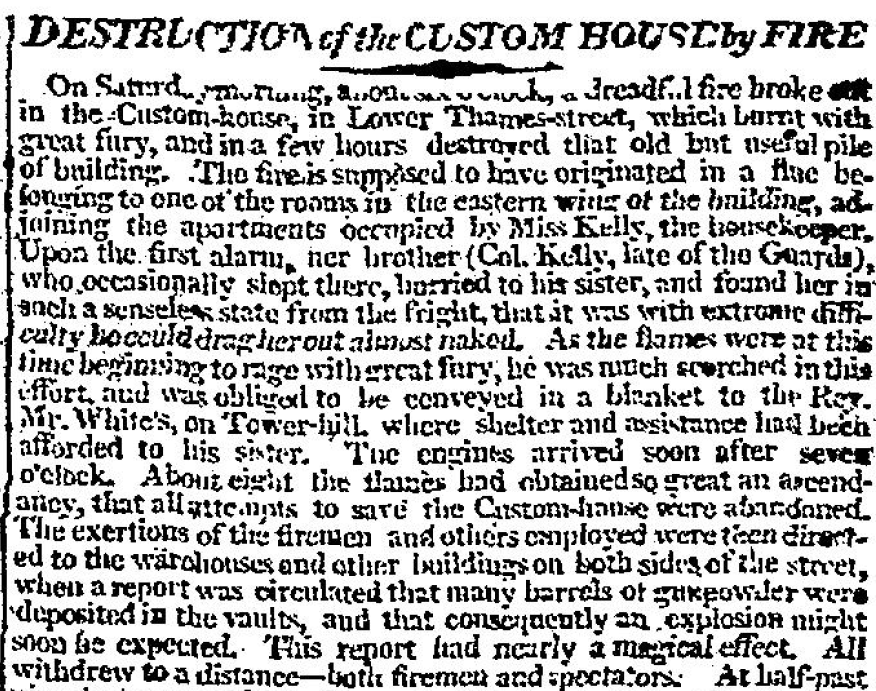
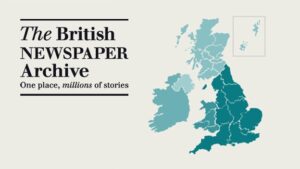
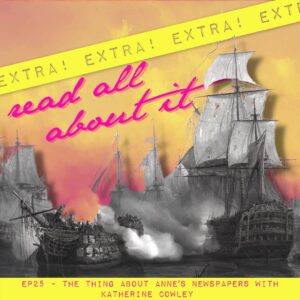
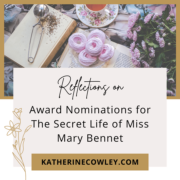
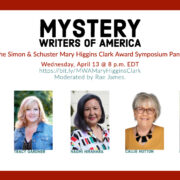
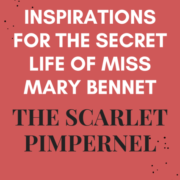
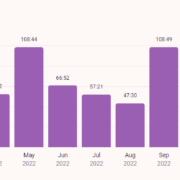
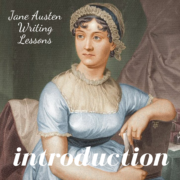
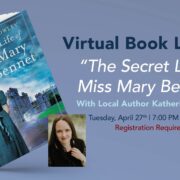


Leave a Reply
Want to join the discussion?Feel free to contribute!